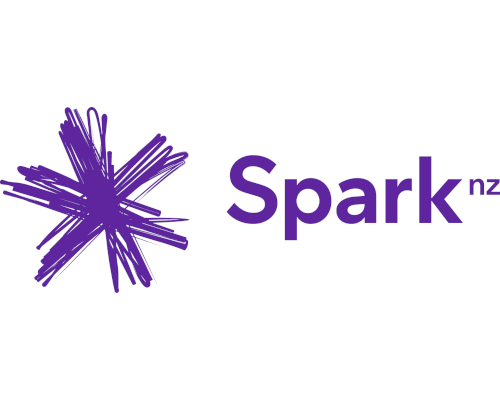Spark New Zealand has published today a briefing paper that outlines how it is on track to start providing 5G services to New Zealand consumers and businesses from 2020.
5G is the fifth generation of wireless communications technology, which is starting to be rolled out around the world.
The briefing paper aims to inform investors of Spark’s 5G intentions, help customers and stakeholders understand more about 5G, and address key considerations for policymakers.
Managing Director Simon Moutter said Spark’s technical and network planning for 5G is advancing after successfully conducting outdoor and indoor trials earlier this year.
“We are undertaking detailed planning to ‘map’ expected 5G cell site densities in New Zealand and, as a result of this planning (and the learnings we have taken from our 5G testing), we are forming a good understanding of how many new sites we will need for 5G, and where. We have already begun a build programme to increase the number of cell sites in our existing mobile network – which will enable us to meet near-term capacity demand as well as lay the groundwork for network densification required for 5G.”
Mr Moutter said 5G will enable Spark to provide additional capacity at a lower incremental unit cost than under 4G and 4.5G: “This means that once 5G is available to deploy, we will have a strong commercial incentive to rapidly build 5G network capability as the primary means of keeping ahead of growing customer demand for more data at faster speeds.”
As Spark’s network spend will be diverted from 4G capacity expansion into 5G as soon as the necessary spectrum is available, Spark expects to fund 5G network development (excluding spectrum and any material move towards widespread rollout of new cell sites using high frequency mmWave band spectrum) within its existing capital expenditure envelope of 11%-12% of revenues. By 2020, Spark expects its wireless-network specific capex to be between 25%-35% of Spark’s overall capital expenditure envelope, up from 25% in the year ended 30 June 2017.
In late 2018, Spark will launch a 5G Innovation Lab in Auckland’s Wynyard Quarter Innovation Precinct that will allow partner companies to test and develop applications over a pre-commercial 5G network.
Mr Moutter noted Spark is already making decisions that are contingent on securing additional 5G spectrum and is having to make those decisions in the absence of any clear government policy on when that spectrum will be available or in what bands.
He said the allocation processes for the two most likely spectrum bands – mid frequency C-band and high frequency mmWave band - should be completed as soon as possible, to ensure 5G services can be delivered in time for the 2020-21 America’s Cup in Auckland as an international showcase opportunity.
In addition to these bands, low frequency spectrum (below 1000MHz) will be required to deliver 5G services on a pervasive basis into rural areas (outside of small provincial towns). The Government’s current work to define 600MHz spectrum as a band for potential 5G use should continue at pace.
Mr Moutter said it was important for policymakers to recognise 5G is not a standalone technology or solution. It will operate together with previous generations of wireless technology and will be deployed as an overlay of existing network infrastructure. Therefore, policy settings need to support network operators having control over the evolution of their wireless networks.
The current competitive market model, in which multiple wireless network operators compete against one another to grow their customer bases through product and service innovation and pricing, represents a good blueprint for the way 5G can be rolled out in New Zealand and would provide for more investment predictability and certainty over the coming decade, Mr Moutter commented.
http://img.scoop.co.nz/media/pdfs/1808/5G_Briefing_document.pdf
ends



 RNZ: Parts Of Power System Could Be Out For 36 Hours In Event Of Extreme Solar Storm
RNZ: Parts Of Power System Could Be Out For 36 Hours In Event Of Extreme Solar Storm NZAS: New Zealand Association Of Scientists Awards Celebrate The Achievements Of Scientists And Our Science System
NZAS: New Zealand Association Of Scientists Awards Celebrate The Achievements Of Scientists And Our Science System Stats NZ: Retail Spending Flat In The September 2024 Quarter
Stats NZ: Retail Spending Flat In The September 2024 Quarter Antarctica New Zealand: International Team Launch Second Attempt To Drill Deep For Antarctic Climate Clues
Antarctica New Zealand: International Team Launch Second Attempt To Drill Deep For Antarctic Climate Clues Vegetables New Zealand: Asparagus Season In Full Flight: Get It While You Still Can
Vegetables New Zealand: Asparagus Season In Full Flight: Get It While You Still Can  Bill Bennett: Download Weekly - How would NZ telecoms cope with another cyclone
Bill Bennett: Download Weekly - How would NZ telecoms cope with another cyclone



